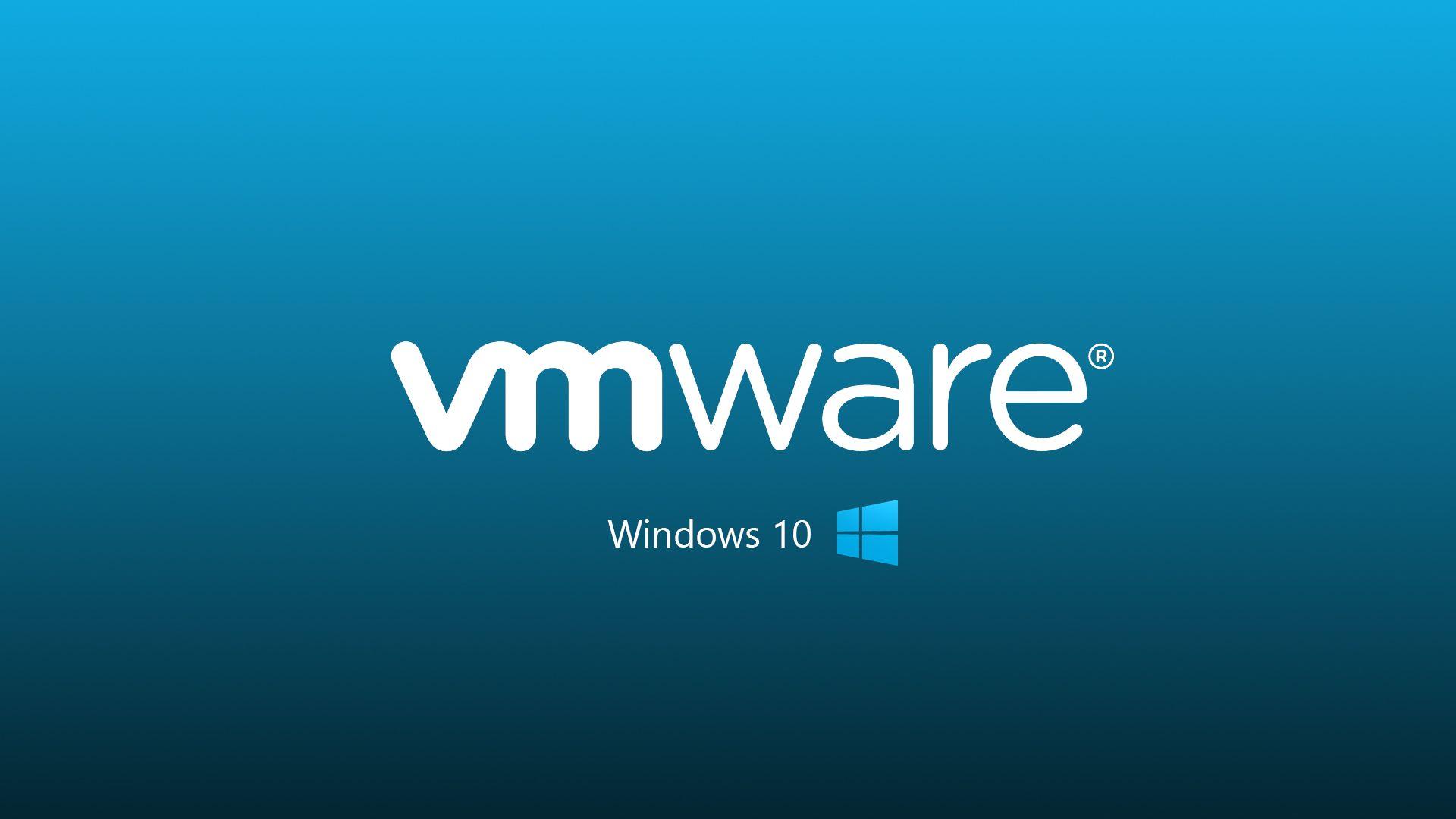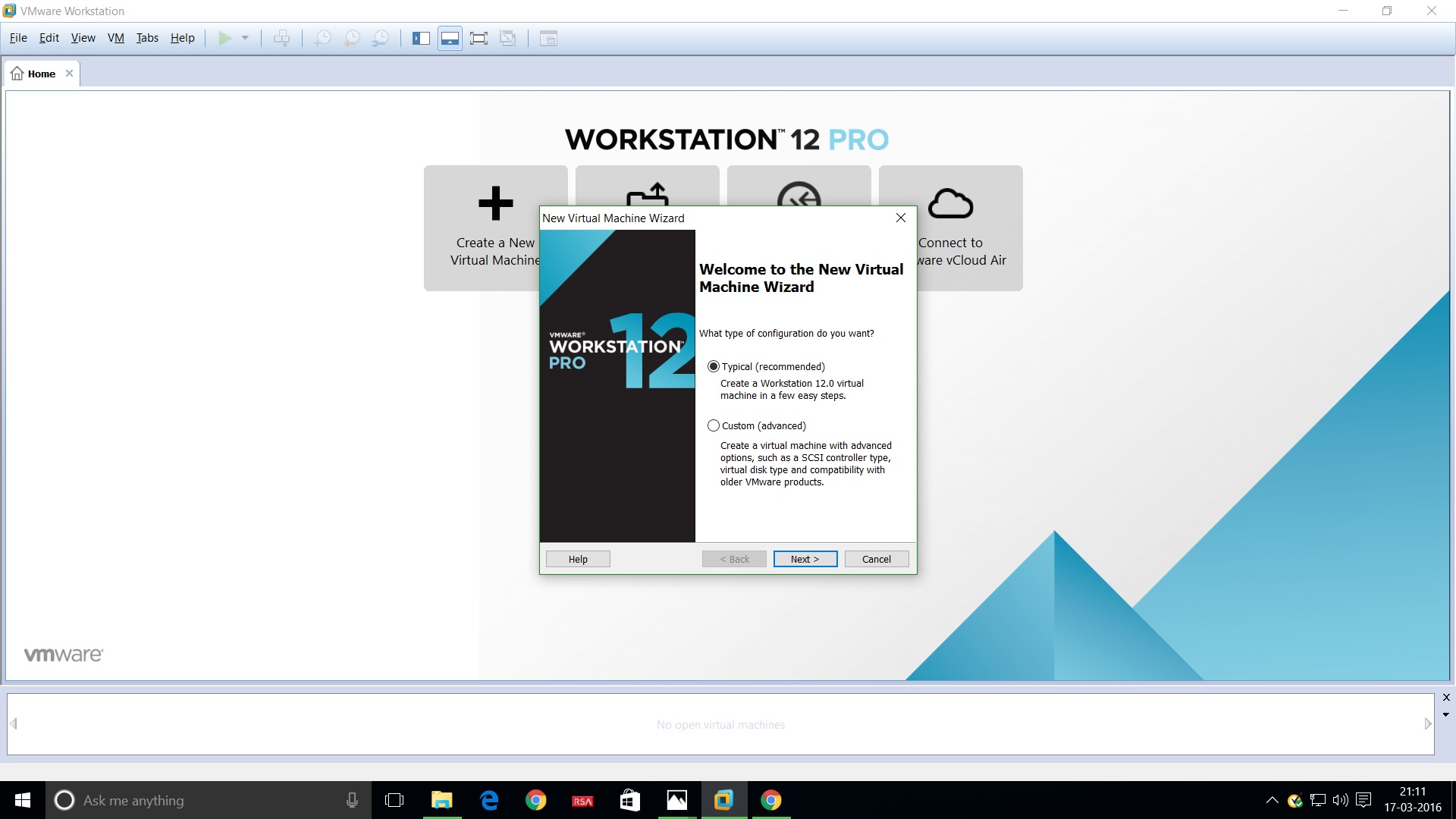

- #Vm ware virtual pc install#
- #Vm ware virtual pc full#
- #Vm ware virtual pc software#
- #Vm ware virtual pc windows#
On the Choose a workflow template page, select Import virtual images to AWS template.Go to Migration Hub Orchestrator, select Create migration workflow.The second method is to use a console-based template in Migration Hub Orchestrator to import your on-premises virtual machine images to AWS. Once your import task is completed, you can use the ec2 run-instances command to create an Amazon EC2 instance from the AMI generated during the import process.

Use the ec2 describe-import-image-tasks command to monitor the import progress.

As part of this command, you can specify the licensing model and other parameters for your imported image. Once the VM image is uploaded, import your VM using the ec2 import-image command.As an alternative, you can also send the VM image to AWS using the AWS Import service. Multi-part uploads will provide improved performance. Upload the VM image to S3 using the AWS CLI.Verify that your VM satisfies the prerequisites for VM Import, prepare it for import, and export it from its current environment as an OVA file (or VMDK, VHD, or RAW).
#Vm ware virtual pc install#
#Vm ware virtual pc full#
For a full list of supported operating systems, versions, and formats, please consult the VM Import section of the Amazon EC2 User Guide.
#Vm ware virtual pc windows#
You can import Windows and Linux VMs that use VMware ESX or Workstation, Microsoft Hyper-V, and Citrix Xen virtualization formats. And you can export previously imported EC2 instances to VMware ESX, Microsoft Hyper-V or Citrix Xen formats.
#Vm ware virtual pc software#
For example, VM Export cannot export Windows or SQL Server images, or any image created from an image in the AWS Marketplace. You can't export an image if it contains third-party software provided by AWS. You can then download and launch the exported VM within your on-premises virtualization infrastructure.You can't export an image if it contains third-party software provided by AWS. You simply specify the target instance, virtual machine file format and a destination S3 bucket, and VM Import/Export will automatically export the instance to the S3 bucket. You can export previously imported EC2 instances using the Amazon EC2 API tools. Once your VM has been imported, you can take advantage of Amazon’s elasticity, scalability and monitoring via offerings like Auto Scaling, Elastic Load Balancing and CloudWatch to support your imported images. As part of the import process, VM Import will convert your VM into an Amazon EC2 AMI, which you can use to run Amazon EC2 instances. If you use the VMware vSphere virtualization platform, you can also use the AWS Management Portal for vCenter to import your VM. To import your images, use the AWS CLI, other developer tools, or console-based Migration Hub Orchestrator templates to import a virtual machine (VM) image from your VMware environment. VM Import/Export is available at no additional charge beyond standard usage charges for Amazon EC2 and Amazon S3. You can also export imported instances back to your on-premises virtualization infrastructure, allowing you to deploy workloads across your IT infrastructure. This offering allows you to leverage your existing investments in the virtual machines that you have built to meet your IT security, configuration management, and compliance requirements by bringing those virtual machines into Amazon EC2 as ready-to-use instances. VM Import/Export enables you to easily import virtual machine images from your existing environment to Amazon EC2 instances and export them back to your on-premises environment.


 0 kommentar(er)
0 kommentar(er)
